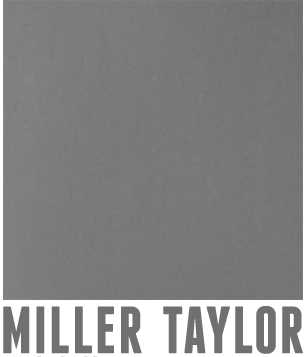Upon Sand is an exploration of the environmental, political, and spatial tensions found on North Carolina’s coast. A dynamic area subjected to strong winds and powerful currents, the maritime fringe of NC is a storied place of national historic and scientific value. Its shifting shoals and rough waters have claimed hundreds of ships and an unknown tally of lives earning it the nickname "Graveyard of the Atlantic." It is also a place of unique beauty and natural wonder. It has attracted many visitors: lost colonists, pirates, numerous hurricanes, sportsmen, watermen, migratory waterfowl, the Wright Brothers, real estate boosters, and now thousands of tourists each year. And soon it could all be lost. It is a fragile place that seems destined to be swallowed by the rising seas, taking with it billions of dollars worth of property, an economic engine, and a way of life.
Though heralded for it’s natural beauty, the landscape blurs the line between the natural and the manufactured; a strip of sand that is shaped as much by state and federal governmental agencies, developers, conservationists, and the New Deal as it is by the wind and waves. These images depict the results of the myriad of forces at work in this kinetic environment and the quixotic struggle required to bring human interests to the shifting sands.
I first became infatuated with this landscape two years ago on a trip to Cape Hatteras. It was stark, beautiful, picturesque, and alien. The need to create images rose from an odd feeling of being surrounded by beauty but with an unshakeable sense that we do not belong here. As I drove along a thin crust of asphalt, partially hidden by sand in some places and overwash in others, the towering man-made dune stood to my left, inches from the road, a pile of sand the only thing between human comforts and the Atlantic Ocean. It was that odd feeling and that seemingly precarious bit of infrastructure that led me to explore the tensions of the maritime fringe.
Along with many trips, research has been paramount. Especially vital was the writing and research of Gabriel Francis Lee, whose thesis work (under the direction of Matthew Morse Booker) at NC State University Constructing the Outer Banks: Land Use, Management, and Meaning in the Creation of an American Place proved an amazing aid. It was here that I encountered the above quote from the Raleigh Observer that so powerfully summarized the struggle, adding gravitas and longevity. It also gave me a title.
The mark for the series is created in Perpetua type, designed by English sculptor and typeface designer Eric Gill in 1929, that has been contextually eroded by the same dunes that first inspired the series.
“The type, based on Gill’s inscriptional lettering, is intended to have a chiseled quality characteristic of engraving. A dignified, somewhat cold face with a feeling of authority. ”
The chiseled letters, designed with the permanence of an engraving in mind, being engulfed by sand seemed a fitting metaphor for the series.

